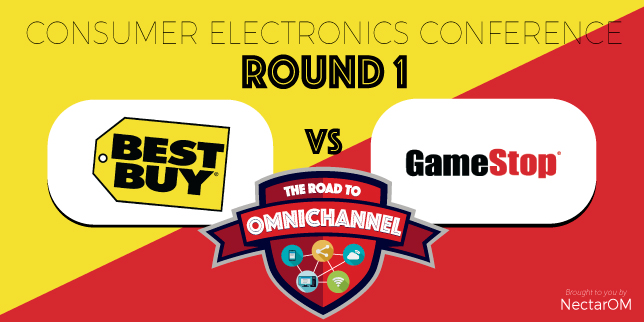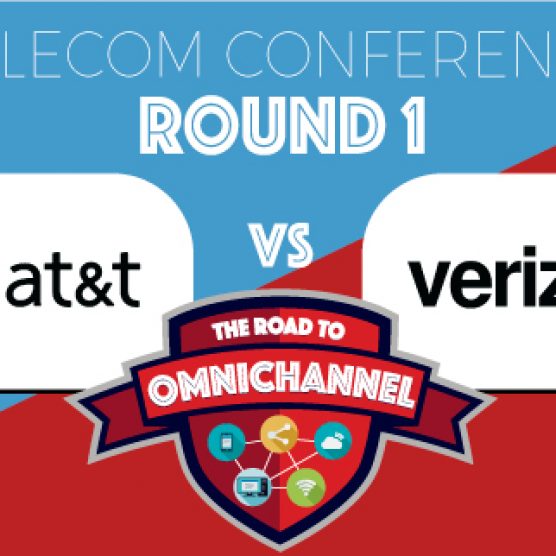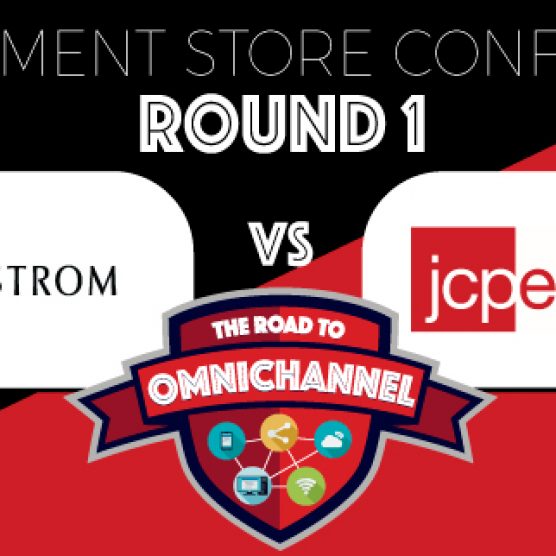The Road to Omnichannel: Consumer Electronics Conference

Two wildly different styles showed up for the Consumer Electronics division of the Road to Omni Channel Tournament – the massive line-up from juggernaut, Best Buy, and the most effective “small ball” team in the tournament, GameStop. The classic match-up of a methodical half-court team full of tree-toppers vs. a high octane, run-and-gun team resulted in a 76-75 win for Best Buy and an incredibly interesting game for the fans.
The Play-By-Play
This was one of the more anticipated games because both parties cater to a tech oriented audience, they both have full-funnel data and rabid followers in their loyalty programs. At the start of the game you could feel both parties flexing their muscles in the form of the in-store experience. Best Buy has been recruiting the best store experience for as long as most can remember. As an example, when the rest of the industry was worried about showrooming, Best Buy was embracing it by prompting shoppers to scan QR Codes in store on all product descriptions. They were an early member of the Shopkick loyalty program and have an industry defining loyalty program to support those 1,000+ massive stores.
GameStop, on the other hand, served the fickle and passionate gamer audience with more than 6,600 small format stores and, most recently, has employed a pace of play that makes most of their competitor’s heads spin. Their staff is very knowledgeable and consumer friendly, but so are the Best Buy “Blue Shirts.” Their PowerUp loyalty program was fast growing and deemed highly successful, but so was Best Buy’s. However, throughout the game you could feel GameStop’s recent investment in the GameStop Technology Institute wearing on the larger, slower Best Buy team. The partnership between the retailer, IBM, the Center for Retailing Studies at Texas A&M University’s Mays Business School, and several tech startups, allowed GameStop to rapidly deploy and test applications. In the first half of the game, many thought those innovations would be Best Buy’s undoing. Then there was the second half.
Though GameStop got off to a fast start and ran up the score on Best Buy, the GameStop team repeatedly struggled in a few areas which left the door open for a Best Buy comeback. The old adage, “You don’t usually win if you don’t make free throws,” was proven as GameStop continuously missed opportunities to deliver important, but basic operational communications. Welcome messages, purchase follow ups, and abandon cart emails were just a few examples of GameStop’s shortcomings in customer support and “next step” communications.
As the game progressed, Best Buy started to impose their will and showed their years of experience by recognizing their customers and making highly relevant content available. It showed up in product recommendations, opt’in communications, their customer service/preference portal and several other areas. The most impressive part was when Best Buy showed personalization was more than a “first name” at the beginning of a mass email. Best Buy recognized the consumer’s individual preferences whether it came from, or was served back, in their websites, through social media, or in their mobile apps. That level of personalization proved to be a major blow to GameStop which was surprising considering their publication, Game Informer, produces exceptional content their customers enjoy.
The Stand Out Performance
At the end of the game, when Best Buy needed it most, they got exceptional play from their Preference Center and their mobile app. The Preference Center dashboard for a consumer’s account was very user-friendly with built in recommendations, wish lists, and rewards program details. The Preference Center grabbed all the rebounds in the form of returning customers. Meanwhile, their app drove the offense providing prospects and customers with many helpful shopping tips along the journey, location relevant content like targeted weekly advertisements, and driving to other channels like in-store support schedules. It was a one-two punch GameStop couldn’t manage.
Conclusion
When it was all said and done, the size, depth and history amassed by the Best Buy franchise was just too much for GameStop’s smaller team, but you have to give credit to the underdog, as well. You can see how GameStop’s investments in their portfolio of brands (i.e., Spring Mobile, Simply Mac, Kongregate, Game Informer, etc.) could look like a never-ending flurry of talent coming at the competition in future tournaments. Similar to a West (“Press”) Virginia with it’s “next man up” mentality, if GameStop can get the channels to work together across these diverse businesses they would be unstoppable.
Meanwhile, Best Buy, makes you think of a program like UCLA. They continue to do well in their category of the Consumer Electronics space, but they want to get the recognition they used to receive. While many say their store format will be their undoing, you have to recognize their efforts as a successful Omni Channel Marketer will go a long way towards elongating their success.
Tune in here for Game Four: //nectarom.com/department-store-conference/




